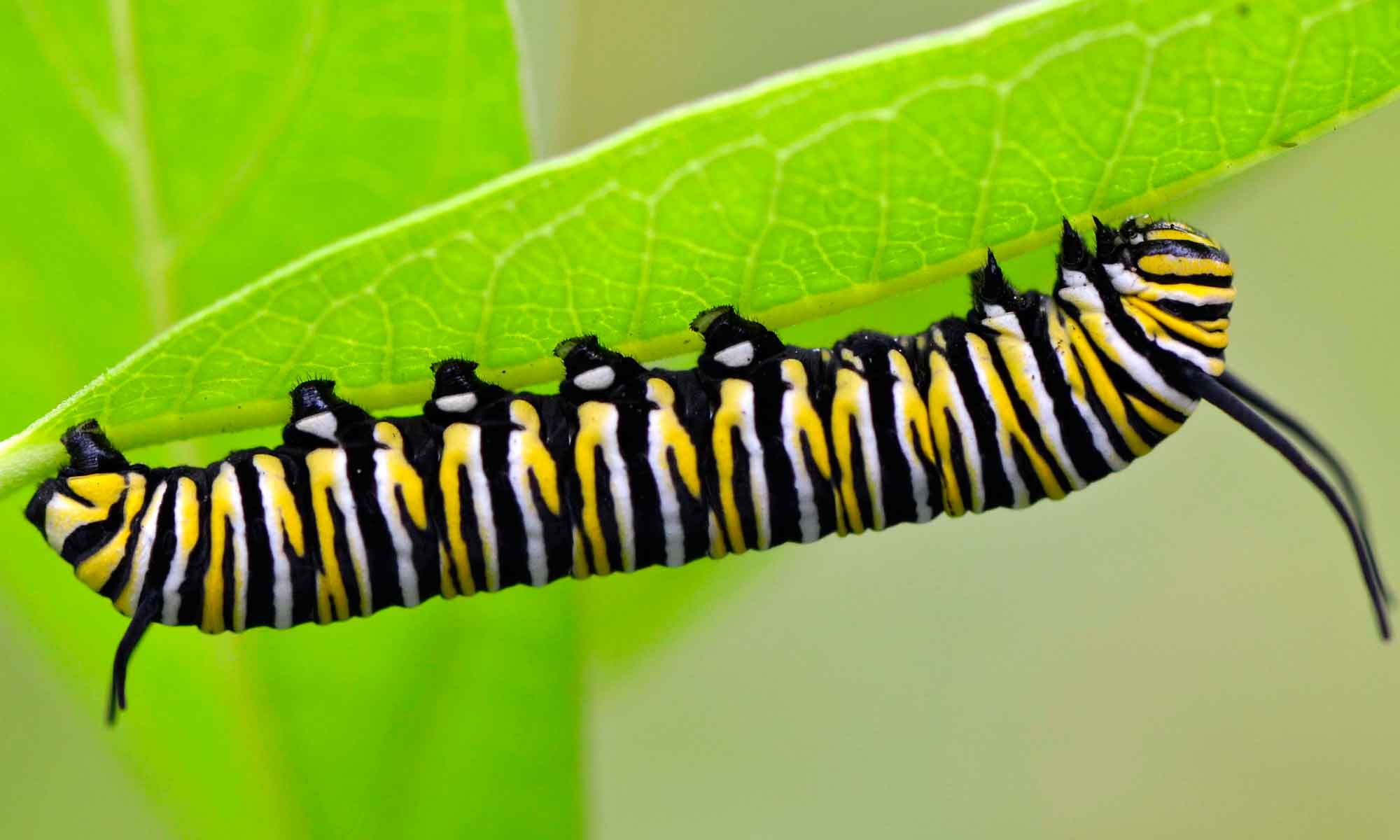Life, in its beautiful and often brutal entirety, can often be likened to the metamorphosis of a butterfly. A symbol of change, hope, and resilience, butterflies embody nature’s grace and tenacity. However, their journey is not an easy one, filled with challenges and predators, especially for the vulnerable caterpillars.
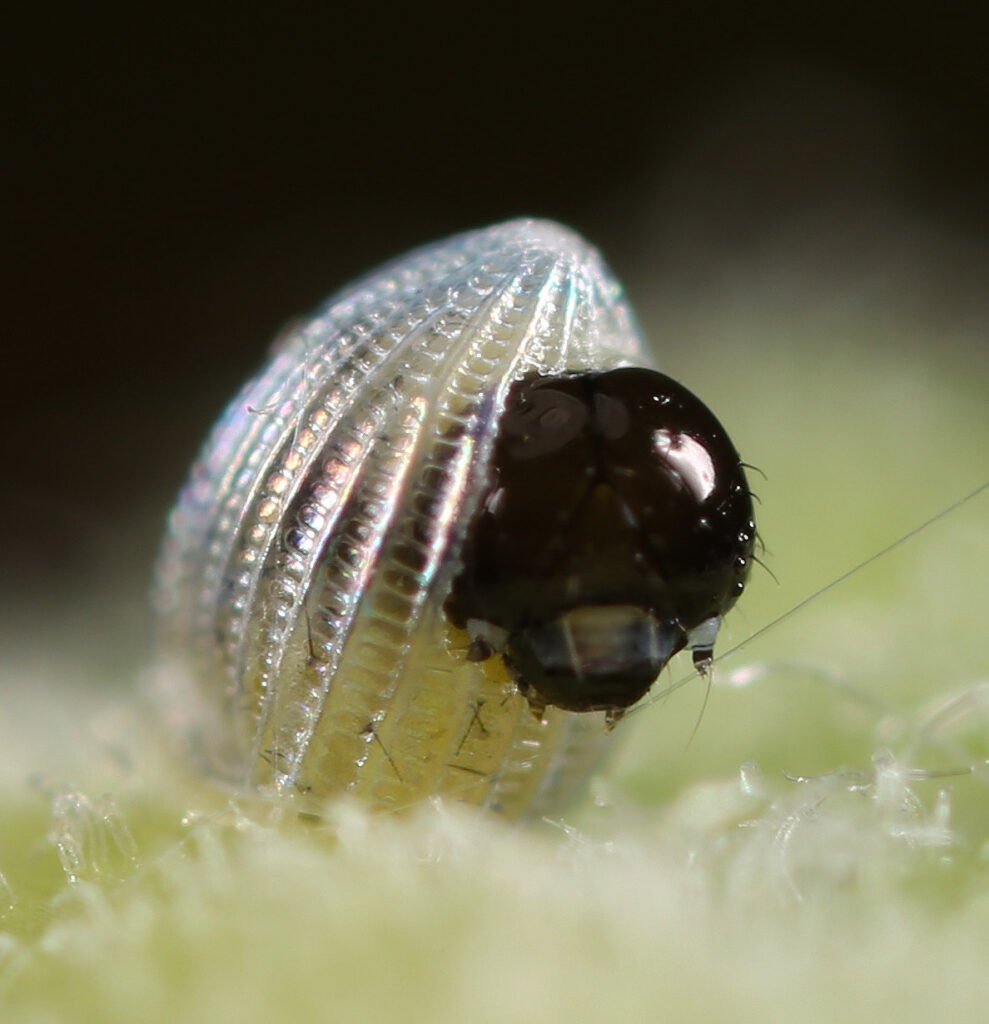
Understanding their journey can help us do our part to ensure their survival and flourishing.
A majority of butterfly caterpillars, including Monarch caterpillars, unfortunately never make it to the chrysalis stage. Nature is, after all, a world of checks and balances. It’s an eat or be eaten world out there, and our tiny caterpillar friends often find themselves on the losing end of this equation. One of their major predators are wasps. Wasps are notorious for their predatory nature and a caterpillar makes a prime target. They often lay their eggs inside the caterpillar, and when the larvae hatch, they consume the caterpillar from the inside. It’s a grisly end, but it’s part of the circle of life.
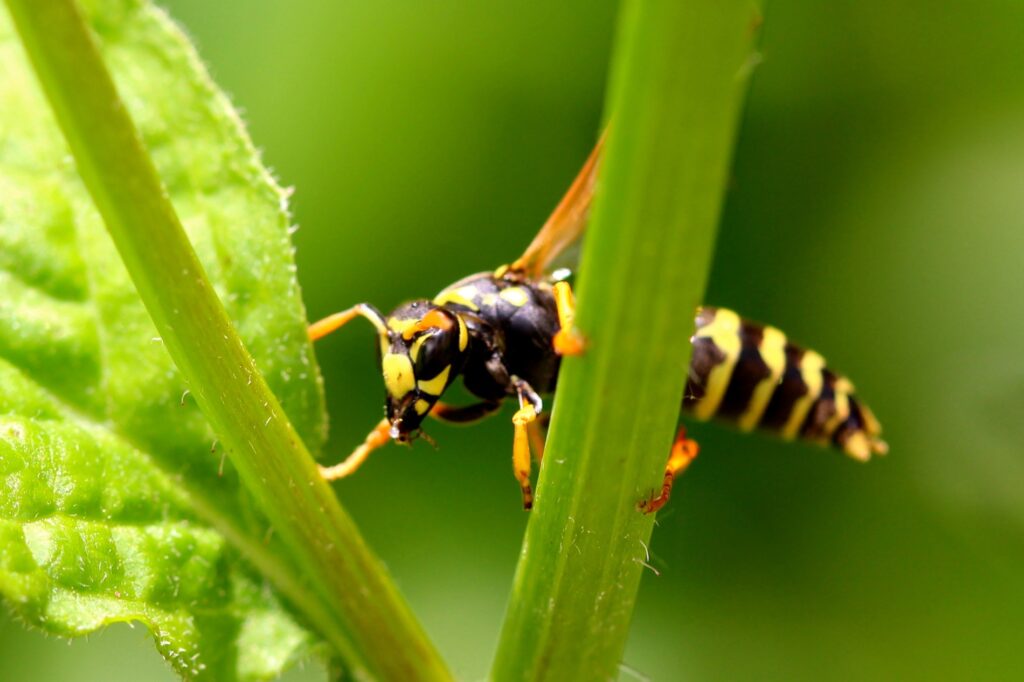
Ladybugs, often seen as cute and benign, are also significant predators of caterpillars. They, along with other beetles, spiders, and birds, feed on caterpillars, preventing a large number of them from reaching the butterfly stage.
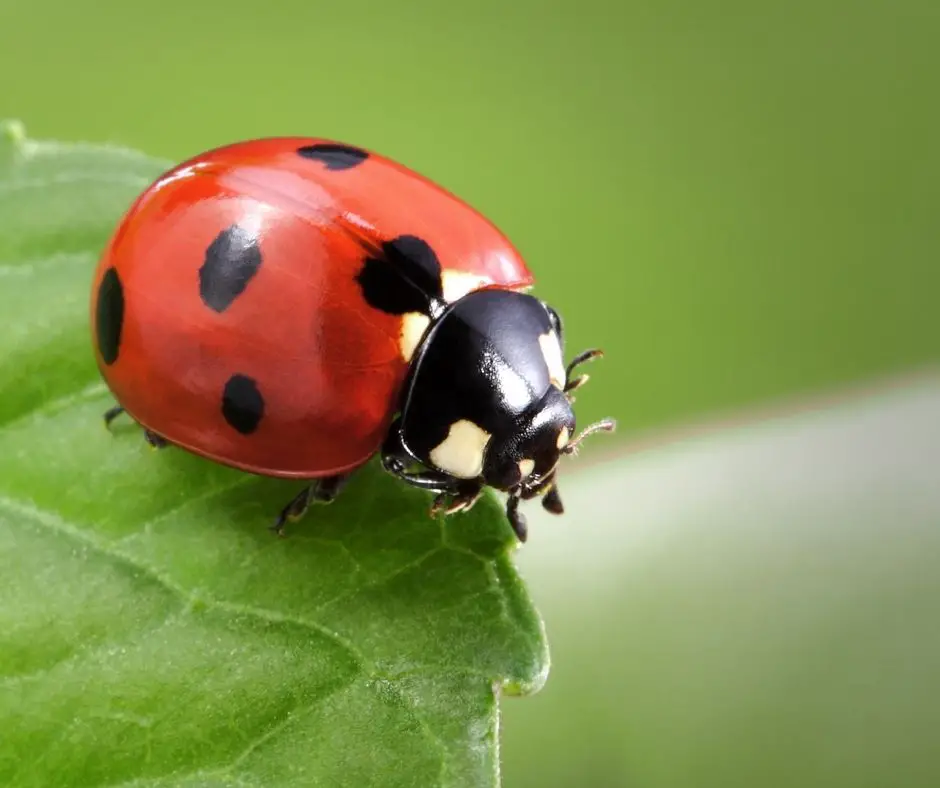
The challenges don’t stop at predators, though. Unfavorable weather, lack of food, and human-related factors like habitat loss and pesticide exposure further decrease their chances of survival.

So, what can we do to help?
The answer is simple yet profound: Plant More Milkweed.
Each species of butterfly has specific plants their caterpillars feed on, for Monarchs it’s Milkweed. These plants are essential for the caterpillars’ growth and transformation into butterflies. Unfortunately, due to urbanization and agricultural practices, many of these plants are disappearing from our landscapes. By growing these plants, we can provide essential food sources and habitats for the caterpillars, increasing their chances of survival.
We sell the Butterfly Seeds, but the Monarchs depend on you to spread them!
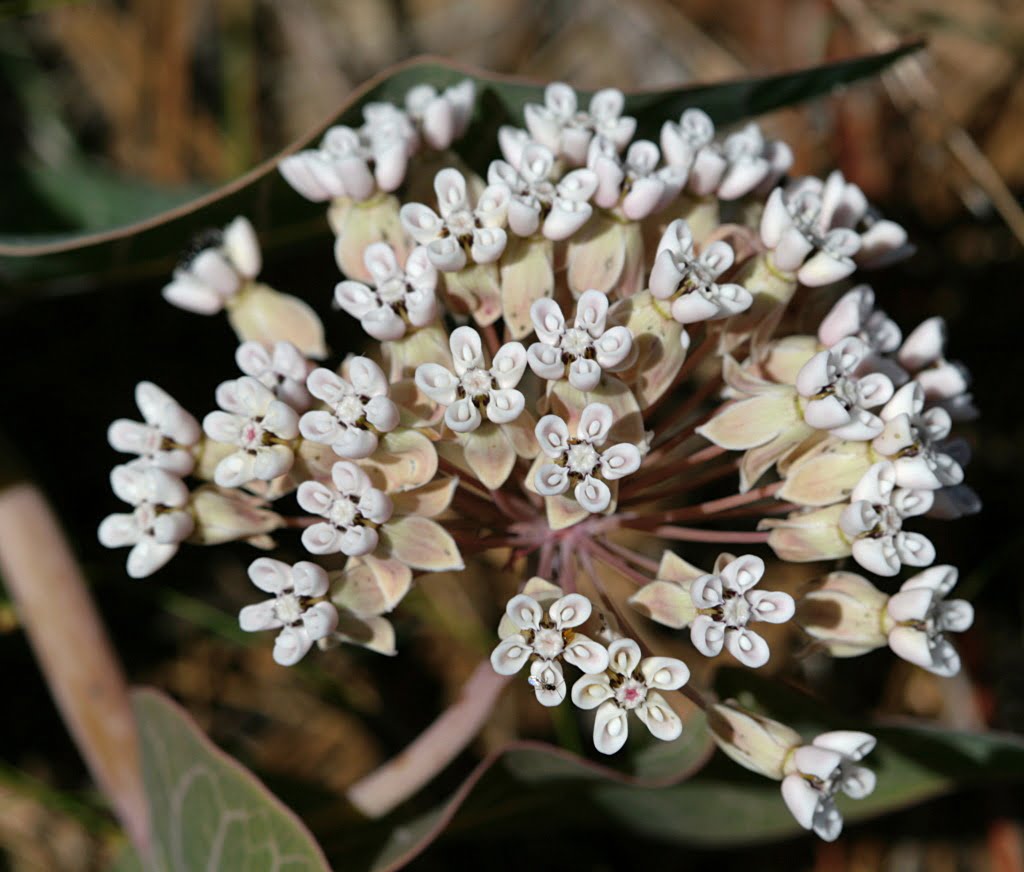
20 Florida-Native Sandhill Milkweed Seeds Ascslepias Humistrata Pinewood Milkweed – Free Shipping
With Johnny Butterflyseed’s Sandhill Milkweed seeds, you’re not just planting flowers; you’re cultivating a living mosaic of nature’s marvels. Florida Native. Free shipping.
It’s easy to feel overwhelmed when we consider the scale of the problem, but remember, every journey begins with a single step. You don’t need to turn your entire backyard into a butterfly haven overnight (although if you can, go for it!). Start small. Dedicate a small corner of your garden to host plants. If you don’t have a garden, a balcony or a windowsill with a pot of milkweed can make a difference.
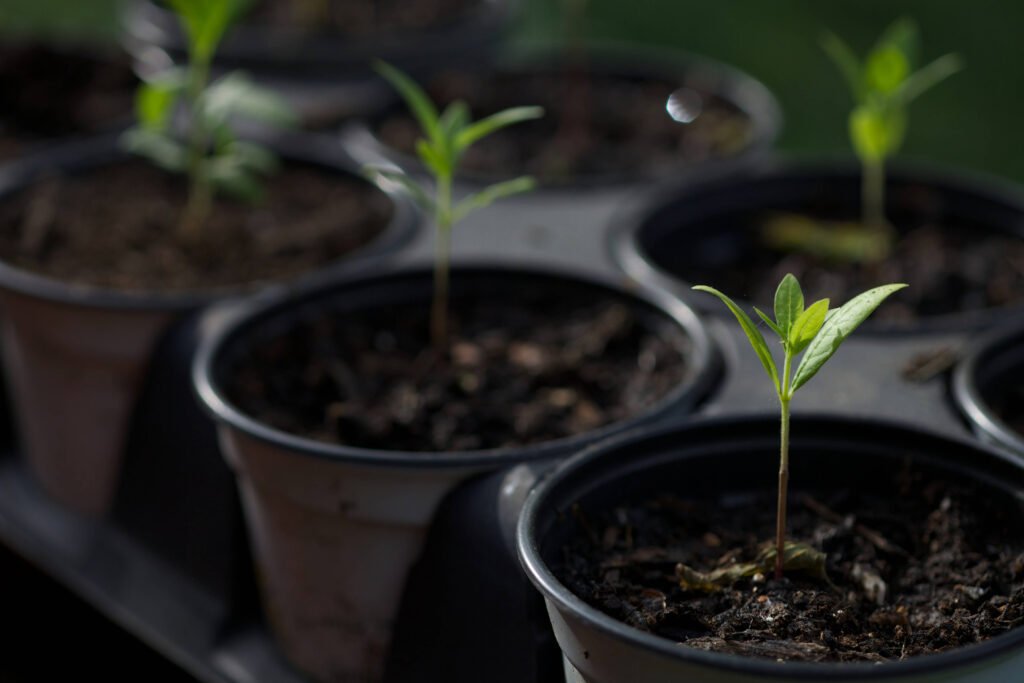
Yes, many caterpillars will be lost to predators and other factors, but by providing them with food and habitat, we can tip the odds in their favor. Just like the caterpillar that becomes a butterfly, each of us can transform our corners of the world, making them havens for these beautiful creatures.
Remember, change is a process, not an event.
Tarisa Parrish – author of The Adventures of Johnny Butterflyseed
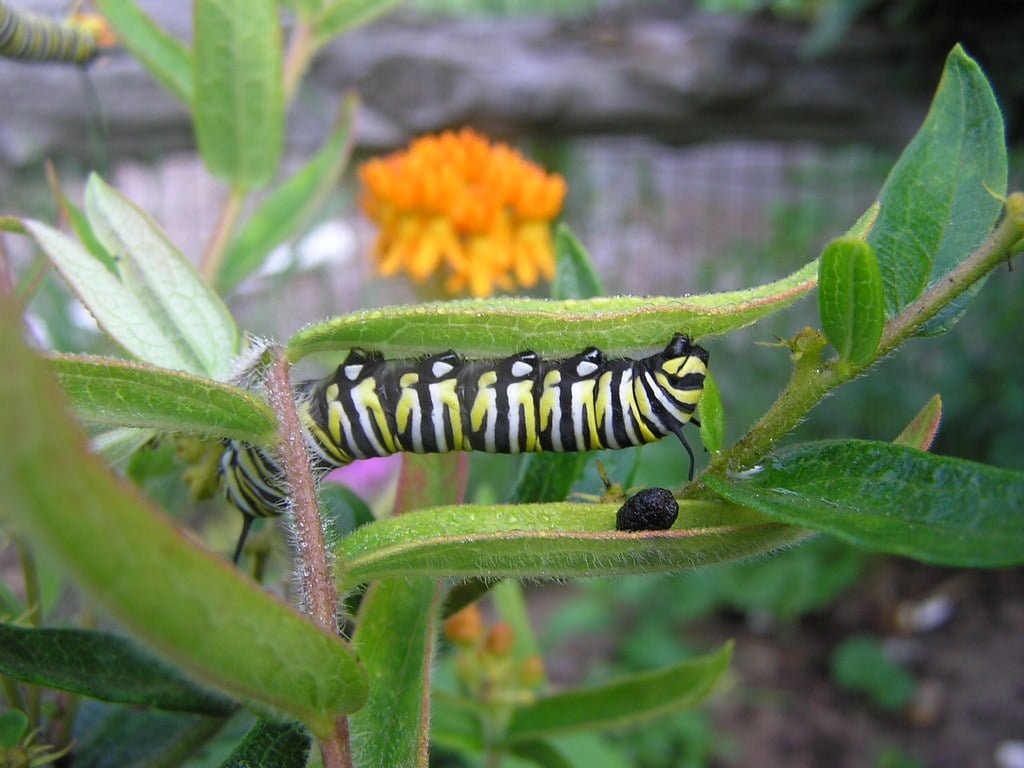
125 Butterfly Milkweed Seeds (Asclepias Tuberosa) for North America 2024 – Free Shipping
More than 600mg of Butterfly Milkweed Seeds (Asclepias tuberosa). Origin Kentucky. Free shipping.
With each passing day, and with each new plant we grow, we are making a difference. So, let’s take up this mission, one day at a time, nurturing, growing, and fostering life, just as nature intended. The beauty of a flitting, vibrant Monarch butterfly is well worth it.
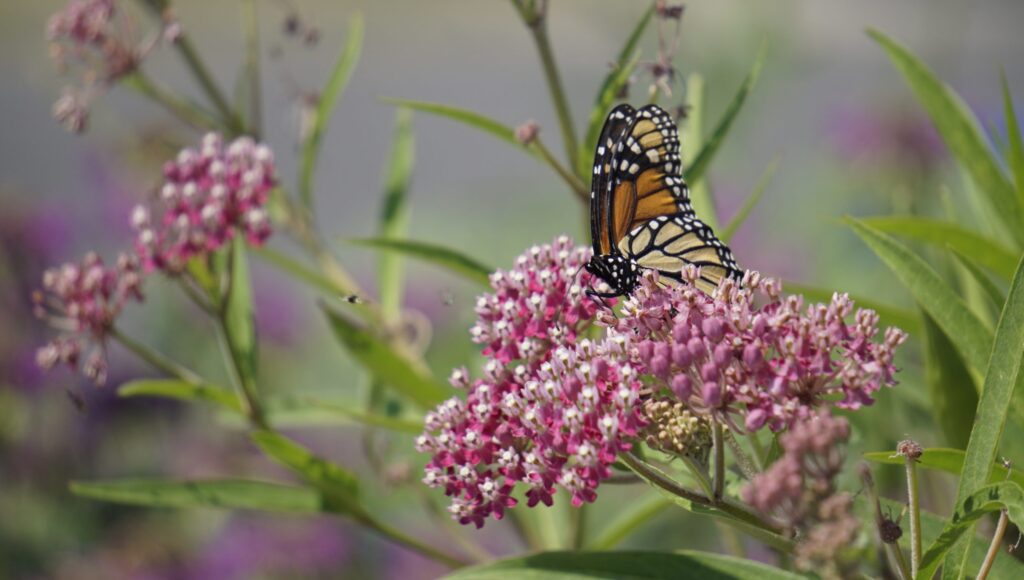
25 Florida-Native Swamp Milkweed Seeds (Asclepias Incarnata) for 2024 – Free Shipping
Our premium Asclepias Incarnata seeds, originating from our conservation land in Polk County Florida, provide an excellent opportunity to transform your outdoor space into a haven for the mesmerizing Milkweed Butterflies. These seeds offer an effortless way to cultivate a garden sanctuary that supports the life cycle of these delicate and fascinating creatures. These Swamp Milkweed seeds are recommended for USDA Hardiness Zone 9 and the rest of its native range. 25 seeds.
